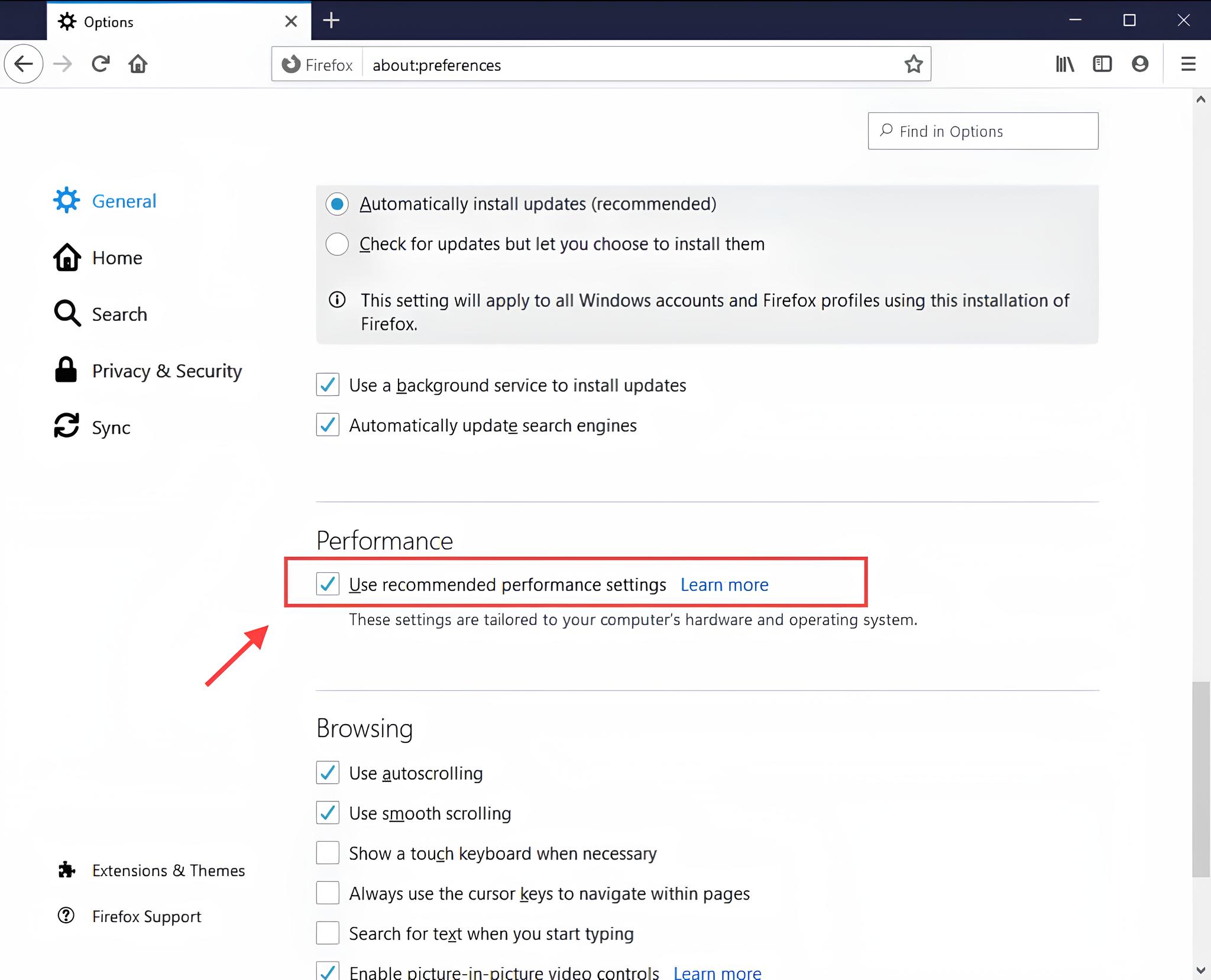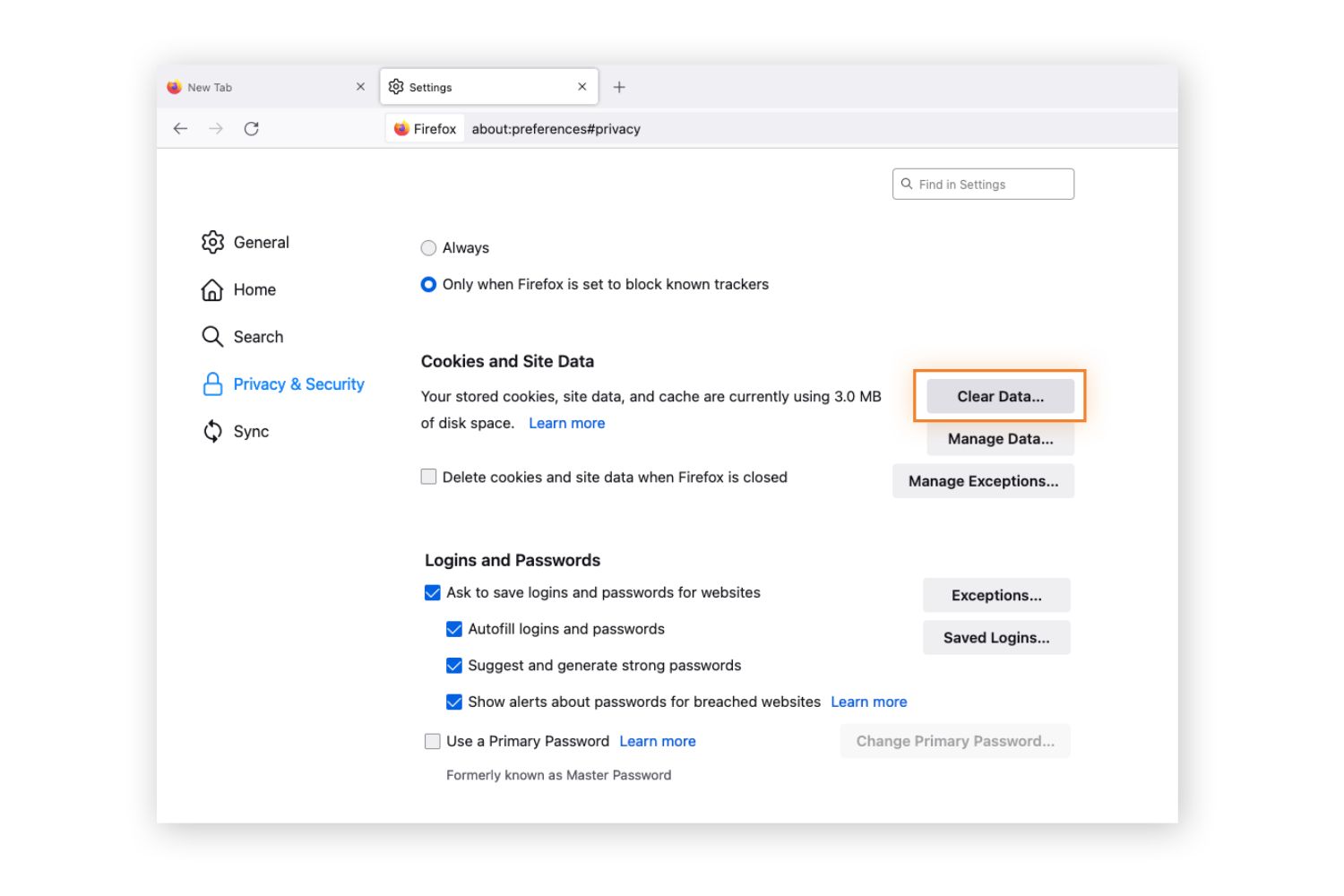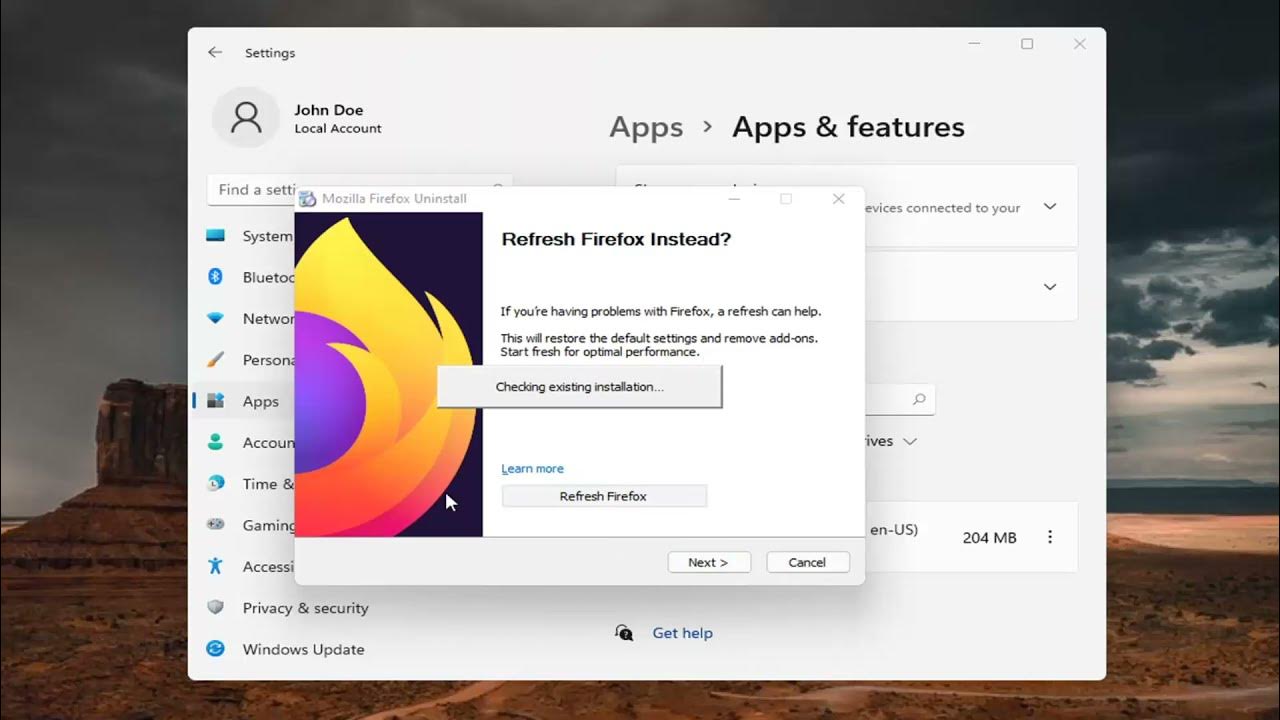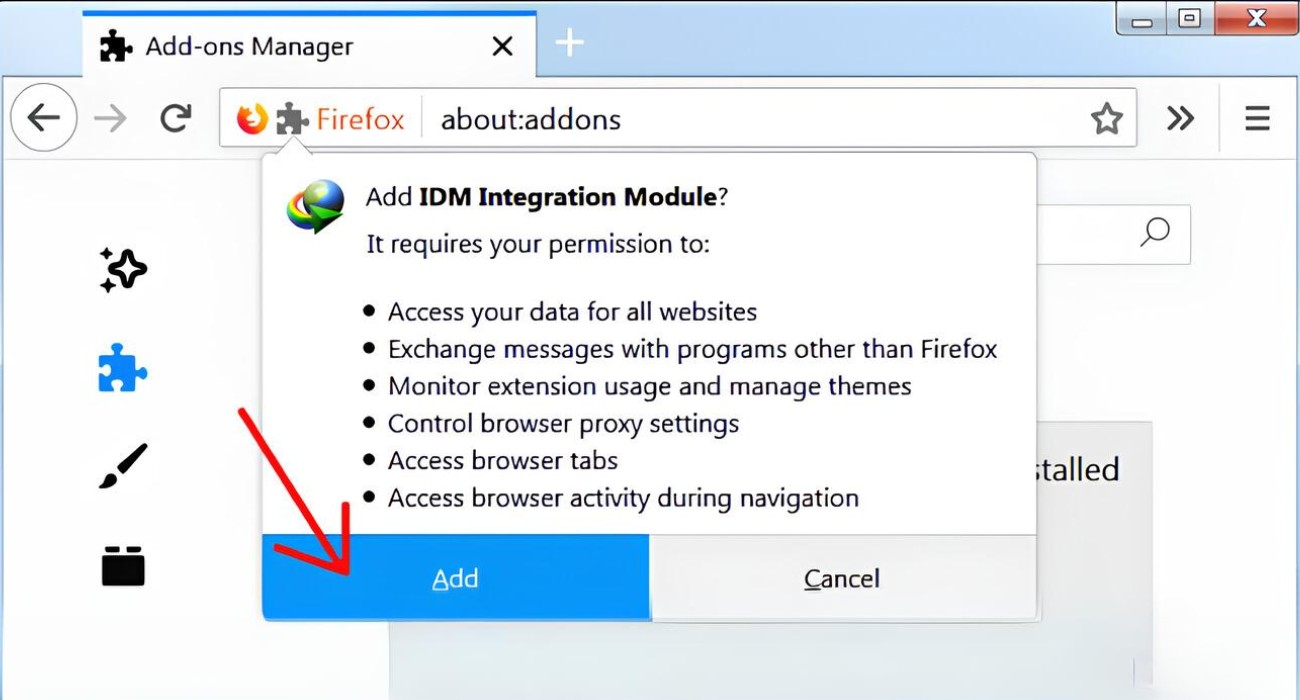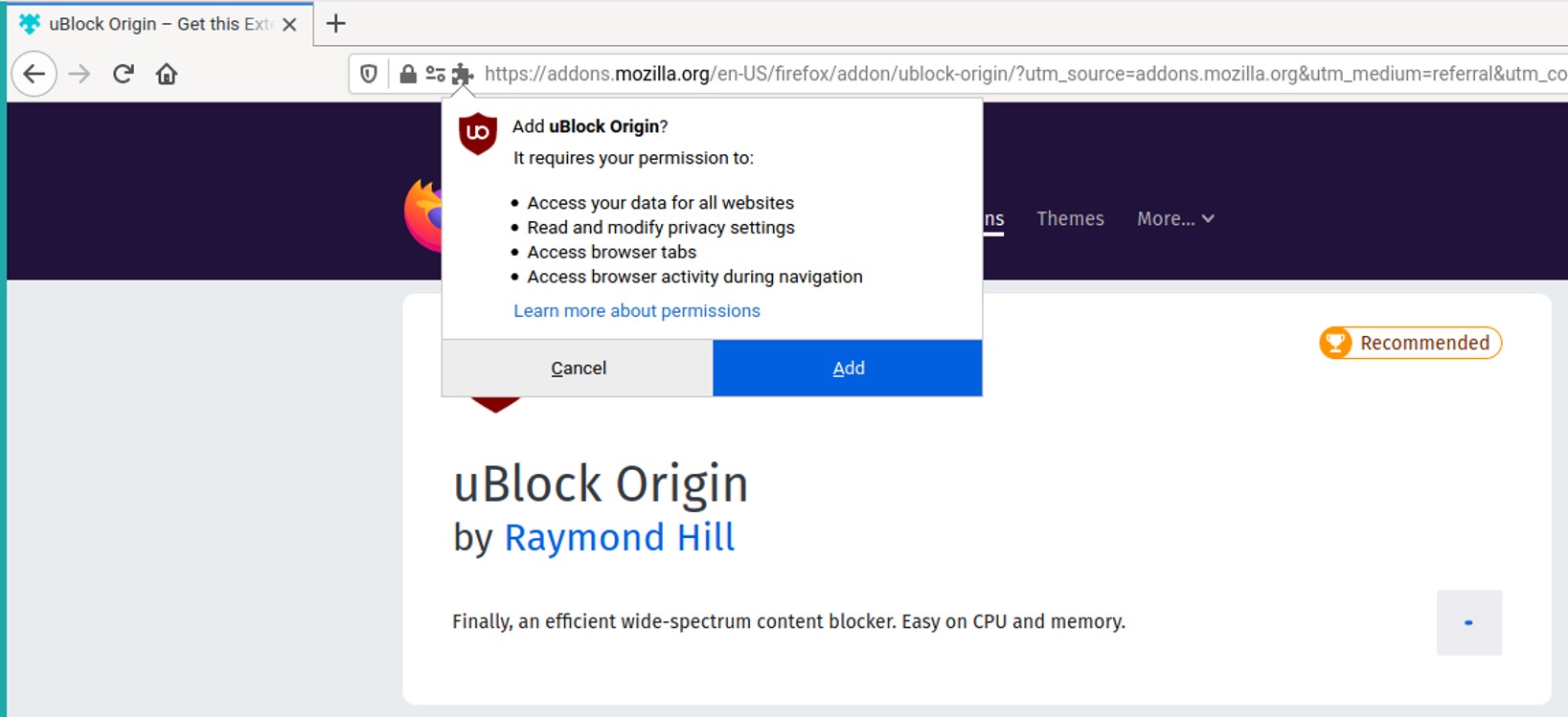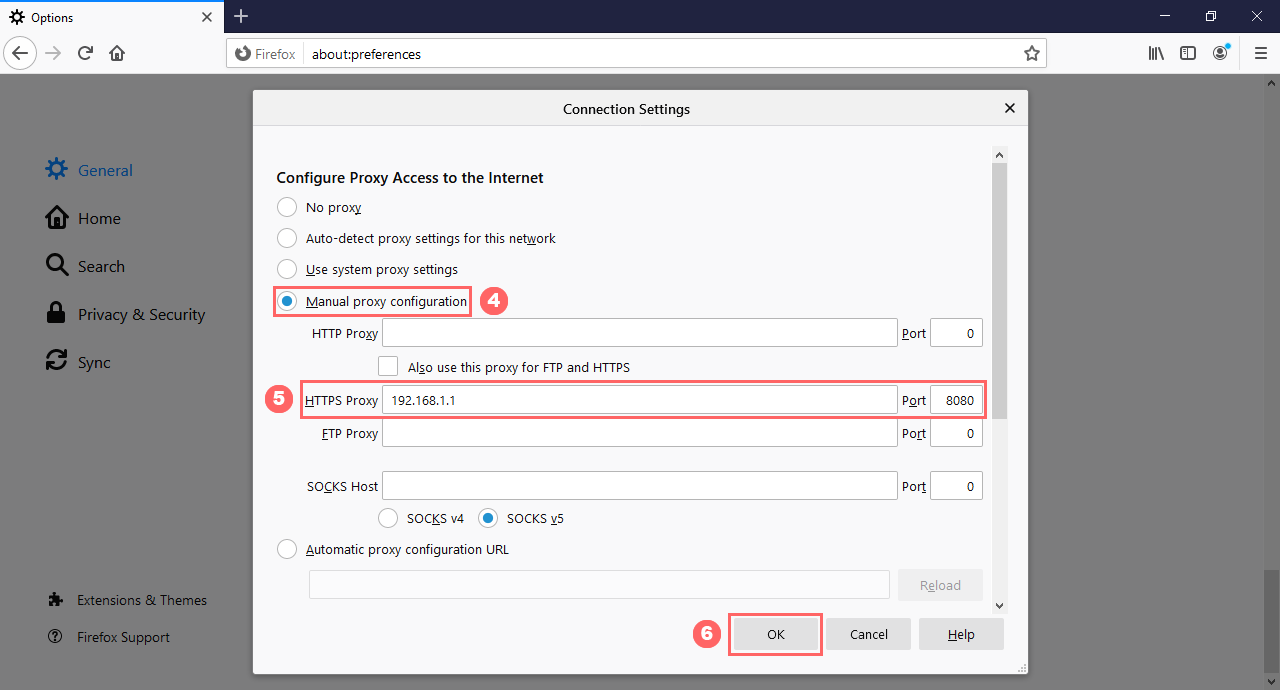Clearing Cache and Cookies
Clearing the cache and cookies in your Firefox browser can significantly improve its speed and performance. Over time, these temporary files and data can accumulate and bog down your browsing experience. By regularly clearing them, you can ensure that your browser operates at its optimal level. Here's how you can do it:
-
Accessing the Clearing Options: To begin, open your Firefox browser and click on the three horizontal lines in the top-right corner to access the menu. From there, select "Options" and navigate to the "Privacy & Security" tab on the left-hand side.
-
Clearing the Cache: Under the "Cookies and Site Data" section, click on the "Clear Data" button. This will open a window where you can choose to clear both cookies and cached web content. Ensure that both options are selected, and then click "Clear" to remove these temporary files from your browser.
-
Managing Cookie Preferences: If there are specific cookies that you'd like to retain, you can click on the "Manage Data" button within the "Cookies and Site Data" section. Here, you can search for individual websites and choose to remove their cookies while keeping others intact.
-
Automating the Process: For added convenience, you can set Firefox to clear your cache and cookies automatically. To do this, scroll down to the "History" section within the "Privacy & Security" tab and choose the option to "Firefox will" "Use custom settings for history." From there, you can select the "Clear history when Firefox closes" option and customize which data you want to clear each time you close the browser.
By regularly clearing your cache and cookies, you can ensure that your Firefox browser runs smoothly and efficiently, providing you with a seamless browsing experience.
Disabling Unused Add-ons and Extensions
Add-ons and extensions are powerful tools that enhance the functionality of your Firefox browser, allowing you to customize your browsing experience according to your preferences. However, having an excessive number of add-ons and extensions installed can potentially slow down your browser's performance. Disabling unused add-ons and extensions is a crucial step in optimizing the speed and efficiency of your Firefox browser.
To begin, open your Firefox browser and click on the menu icon located in the top-right corner. From the dropdown menu, select "Add-ons." This will take you to the Add-ons Manager, where you can view all the extensions and themes currently installed in your browser.
Next, navigate to the "Extensions" tab on the left-hand side of the Add-ons Manager. Here, you will see a list of all the extensions that are currently active. Take a moment to review each extension and identify those that you no longer use or require for your daily browsing activities.
Once you have identified the unused extensions, you can choose to disable or remove them. Disabling an extension temporarily turns it off without uninstalling it, allowing you to reactivate it in the future if needed. To disable an extension, simply click on the "Disable" button next to the respective extension in the Add-ons Manager.
In addition to disabling extensions, you may also want to consider removing any unnecessary add-ons or themes. Removing an add-on completely uninstalls it from your browser, freeing up valuable resources and decluttering your Firefox interface.
By disabling and removing unused add-ons and extensions, you can streamline your browser's performance and reduce the likelihood of compatibility issues or conflicts between different add-ons. This, in turn, can lead to a faster and more responsive browsing experience, allowing you to navigate the web with ease and efficiency.
Regularly reviewing and managing your add-ons and extensions is essential for maintaining the optimal performance of your Firefox browser. By keeping only the necessary and actively used add-ons enabled, you can ensure that your browser operates at its best, providing you with a seamless and enjoyable browsing experience.
Updating Firefox to the Latest Version
Keeping your Firefox browser updated to the latest version is crucial for ensuring optimal performance, security, and compatibility with the latest web technologies. Mozilla, the organization behind Firefox, regularly releases updates that include bug fixes, security patches, and new features. By staying up to date with these updates, you can experience improved speed, enhanced privacy protections, and a seamless browsing experience.
To update Firefox to the latest version, follow these simple steps:
-
Accessing the Menu: Open your Firefox browser and click on the three horizontal lines in the top-right corner to access the menu.
-
Navigating to Help: From the menu, select the "Help" option, which will open a dropdown menu.
-
Selecting About Firefox: Within the "Help" menu, click on "About Firefox." This will take you to a window that displays the current version of your Firefox browser and automatically checks for updates.
-
Updating Firefox: If an update is available, you will see a button prompting you to update Firefox. Click on this button to initiate the update process.
-
Restarting Firefox: Once the update is downloaded and installed, you will be prompted to restart Firefox to apply the changes. Click on the "Restart to update Firefox" button to complete the process.
Alternatively, Firefox may automatically download and install updates in the background, and you will be prompted to restart the browser to apply the changes.
By keeping your Firefox browser updated to the latest version, you can benefit from the following:
-
Enhanced Security: Updates often include critical security patches that protect your browser from vulnerabilities and potential threats, ensuring a safer browsing experience.
-
Improved Performance: New versions of Firefox may include performance optimizations, resulting in faster page loading times and smoother navigation.
-
Compatibility: Staying updated ensures that your browser is compatible with the latest web standards and technologies, allowing you to access and interact with modern websites without any issues.
-
New Features: Updates may introduce new features, tools, and enhancements that enrich your browsing experience and provide additional functionality.
It is important to note that enabling automatic updates in Firefox can streamline the process, ensuring that your browser remains current without requiring manual intervention. To enable automatic updates, go to the "Options" menu, select "General," and navigate to the "Firefox Updates" section to customize your update settings.
By regularly updating Firefox to the latest version, you can enjoy a secure, efficient, and feature-rich browsing experience, empowering you to explore the web with confidence and convenience.
Managing Tabs and Bookmarks
Efficiently managing tabs and bookmarks is essential for optimizing your browsing experience within the Firefox browser. As you navigate the web, it's common to accumulate numerous tabs and bookmarks, which can impact the browser's performance and your ability to quickly access essential web pages. By implementing effective strategies for organizing and streamlining tabs and bookmarks, you can enhance productivity, reduce clutter, and improve the overall speed and responsiveness of your browsing sessions.
Organizing Tabs
When it comes to managing tabs, it's crucial to strike a balance between accessibility and resource efficiency. Here are some practical tips for organizing and managing tabs effectively:
-
Tab Grouping: Consider grouping related tabs together using Firefox's built-in tab management features or dedicated tab management extensions. This allows you to categorize tabs based on topics or tasks, making it easier to locate and switch between them.
-
Tab Triage: Regularly review your open tabs and close those that are no longer needed. This not only reduces memory usage but also declutters your browser interface, leading to improved performance.
-
Tab Suspender Extensions: Explore the use of tab suspender extensions that automatically unload inactive tabs, freeing up system resources without losing access to the tabs' content.
Streamlining Bookmarks
Bookmarks are a convenient way to save and organize frequently visited websites, but an excessive number of bookmarks can lead to clutter and inefficiency. Here's how you can streamline your bookmark collection:
-
Categorization: Create folders within your bookmarks to categorize websites based on their content or relevance. This allows for a more structured and easily navigable bookmark library.
-
Regular Cleanup: Periodically review your bookmarks and remove any outdated or redundant entries. This ensures that your bookmark collection remains relevant and uncluttered.
-
Bookmark Syncing: Take advantage of Firefox's bookmark syncing feature to access your bookmark collection across multiple devices. This ensures that your bookmarks are readily available, regardless of the device you are using.
By implementing these strategies for managing tabs and bookmarks, you can streamline your browsing experience, reduce clutter, and improve the overall speed and responsiveness of your Firefox browser. This proactive approach to tab and bookmark management empowers you to navigate the web with efficiency and ease, enhancing your productivity and enjoyment of the online experience.
Adjusting Firefox Settings for Performance
Fine-tuning the settings of your Firefox browser can have a profound impact on its overall performance, responsiveness, and efficiency. By customizing specific parameters, you can optimize the browser to suit your browsing habits and hardware capabilities, ultimately enhancing your online experience. Here are several key settings that you can adjust to boost the performance of your Firefox browser:
1. Hardware Acceleration
Enabling hardware acceleration in Firefox leverages your computer's hardware, such as the GPU, to offload certain tasks from the CPU. This can result in smoother graphics rendering and improved overall performance, especially when dealing with multimedia content and complex web applications. To enable hardware acceleration, navigate to the "Options" menu, select "General," and scroll down to the "Performance" section. Ensure that the "Use recommended performance settings" option is checked, and then enable the "Use hardware acceleration when available" setting.
2. Content Process Limit
Firefox allows you to control the number of content processes it uses to render web pages. By default, Firefox dynamically adjusts this based on your system's hardware and available resources. However, you can manually set a specific content process limit to optimize performance. To do this, type "about:config" in the address bar and press Enter. Accept the warning prompt, then search for "dom.ipc.processCount" and adjust the value to your preference. Keep in mind that setting a higher process limit may consume more memory but can lead to improved multitasking and responsiveness.
3. Network Settings
Optimizing network settings can contribute to a faster browsing experience. In the "Options" menu, navigate to the "General" tab and scroll down to the "Network Settings" section. Here, you can adjust the "Enable DNS over HTTPS" option to enhance privacy and security while potentially improving page loading times. Additionally, you can fine-tune the "Content process limit" and "HTTP cache" settings to align with your browsing requirements and hardware capabilities.
4. Memory Management
Firefox provides options to manage memory usage, which can significantly impact performance, especially when dealing with multiple tabs and resource-intensive websites. Within the "about:config" page, you can adjust parameters such as "browser.tabs.unloadOnLowMemory" and "browser.tabs.unloadOnLowMemory" to optimize memory management and prevent excessive memory consumption, leading to a more responsive browsing experience.
By adjusting these Firefox settings for performance, you can tailor the browser to deliver an optimized and efficient browsing experience that aligns with your specific needs and hardware capabilities. Fine-tuning these settings empowers you to unlock the full potential of Firefox, ensuring that it operates at its best, providing you with a seamless and responsive browsing experience.







